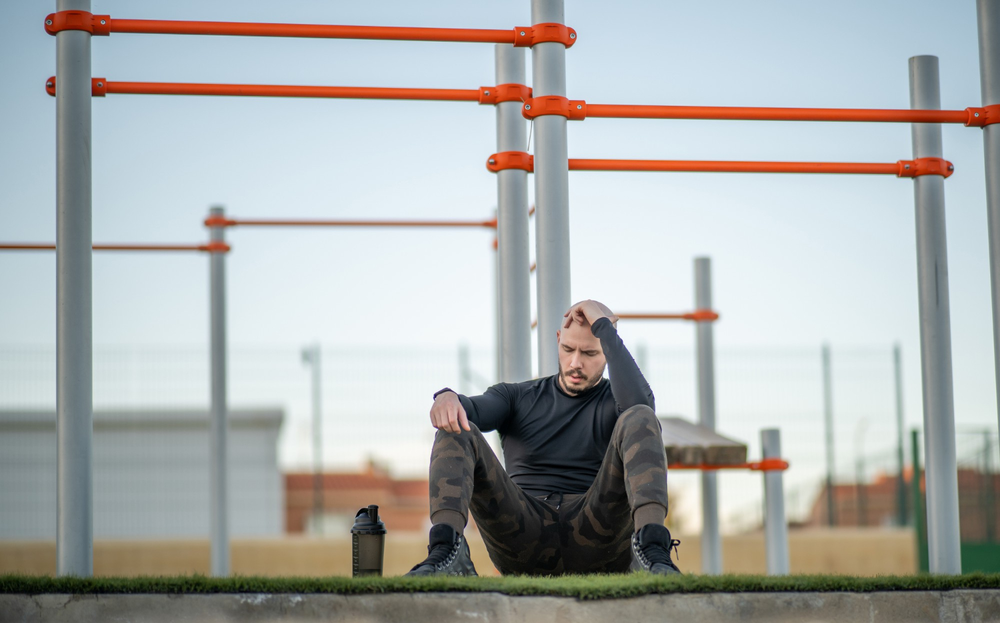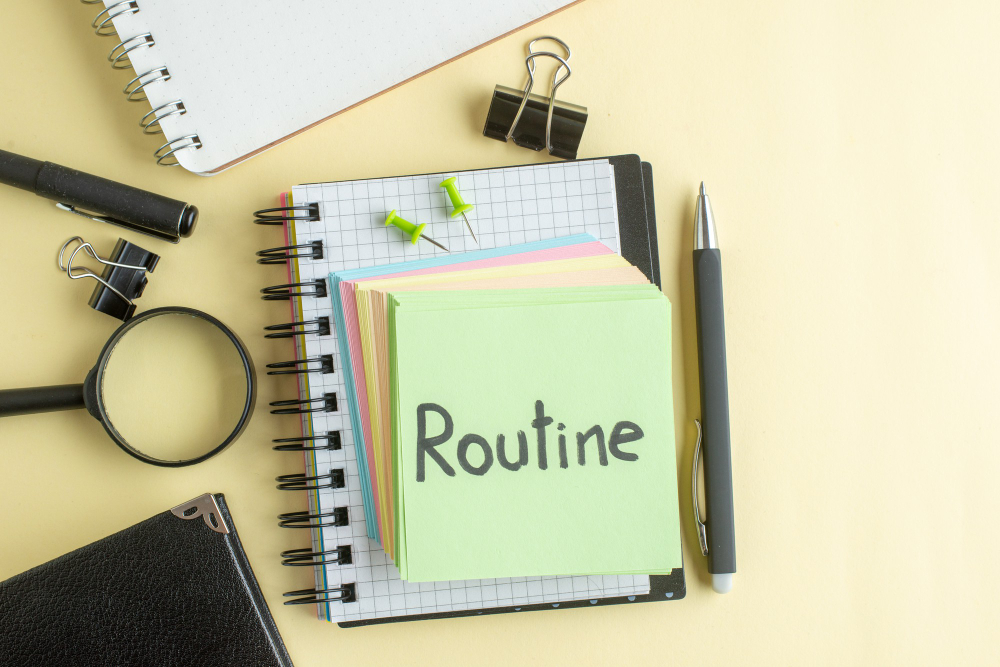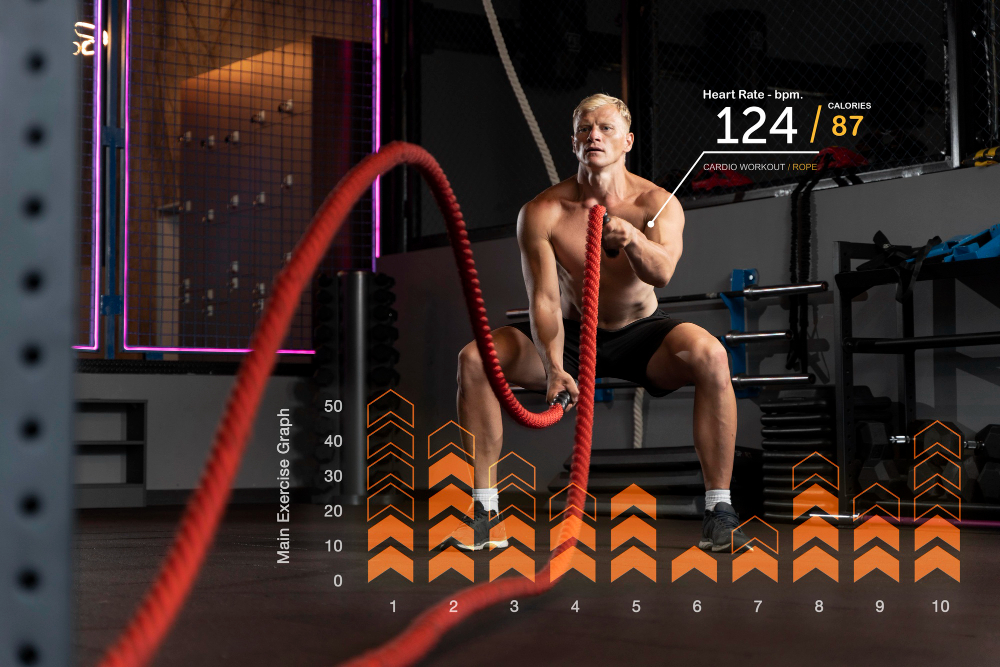Tips for Overcoming Exercise Plateaus are crucial for those looking to progress in their fitness journey. Often, individuals find themselves stuck at a certain level, unable to improve strength, endurance, or other physical abilities. Implementing a variety of workouts and focusing on different muscle groups can be an essential step in breaking through this stagnation. Mixing high-intensity training with low-intensity sessions or incorporating new exercises into your routine can add the necessary challenge to spark growth.
Understanding your body and being mindful of its needs can also play a vital role in overcoming plateaus. Proper nutrition, adequate rest, and allowing time for recovery are often overlooked but are essential in building strength and endurance. Tailoring your diet to your specific needs, ensuring you get enough sleep, and incorporating rest days can make a significant difference in your overall progress and help you move past the dreaded plateau.
Setting realistic and measurable goals, as well as tracking your progress, can keep you motivated and focused. Creating short-term milestones that align with your long-term objectives can provide a clear path forward. Utilizing fitness apps or keeping a workout journal to monitor your progress helps you identify areas for improvement and can be a powerful tool in pushing past the limitations that have been holding you back. Engaging with a fitness community or hiring a personal trainer for personalized guidance might also provide the support and encouragement needed to overcome any stagnation in your fitness journey.
Understanding Exercise Plateaus

An exercise plateau is a phase where progress in physical training comes to a halt, despite maintaining the same level of effort and routine. This can be a frustrating experience for fitness enthusiasts and athletes alike. Understanding the definition of an exercise plateau is essential for anyone looking to improve their physical performance, as it helps in recognizing when progress has stalled and requires a change in approach.
The causes of exercise plateaus are multifaceted and can include factors such as a lack of variation in workouts, insufficient intensity, or even overtraining. Sometimes, the body simply adapts to a particular routine, and the once-effective exercises no longer provide the desired results. Knowing these causes is vital in devising strategies and “Tips for Overcoming Exercise Plateaus,” as it allows for targeted adjustments to one’s training regimen.
Recognizing the signs and symptoms of hitting a plateau is the first step towards overcoming it. These signs may include a noticeable lack of progress in strength or endurance, feelings of fatigue, or a decrease in motivation. By paying attention to these indicators and implementing the right “Tips for Overcoming Exercise Plateaus,” individuals can reinvigorate their training, break through the plateau, and continue on the path to achieving their fitness goals.
The Impact of Exercise Plateaus on Fitness Goals

Exercise plateaus occur when an individual’s progress in physical fitness levels off, despite continued efforts. This stagnation can significantly hinder progress towards fitness goals, as the body becomes accustomed to a routine and no longer responds with the same growth or improvement. To overcome this, it is essential to vary workouts, incorporate new exercises, and adjust intensity levels. By doing so, one can stimulate different muscle groups and reinvigorate the body’s response, keeping the fitness journey on track.
Hitting a plateau in a fitness regimen can lead to frustration and demotivation. The lack of visible progress, despite hard work, can cause feelings of disappointment and self-doubt. This mental barrier can be as challenging to overcome as the physical plateau itself. Seeking professional guidance, setting new short-term goals, and focusing on the enjoyment of the exercise rather than just the results can help maintain motivation and a positive mindset. Engaging in a supportive community or fitness group can also provide encouragement and inspiration to push through the plateau.
Real-life examples of overcoming exercise plateaus can be found in both professional athletes and everyday fitness enthusiasts. For instance, a marathon runner who found herself stuck at a certain pace managed to break through her plateau by incorporating cross-training and specialized coaching. Another example is a weightlifter who overcame stagnation by altering his lifting routine and focusing on different muscle groups. These case studies demonstrate that with the right strategies, determination, and sometimes professional guidance, plateaus can be overcome, leading to renewed progress and achievement of fitness goals.
20 Tips for Overcoming Exercise Plateaus
1. Changing Up Your Routine

Avoid getting stuck in a fitness rut by regularly altering your exercise routine. Different exercises challenge your muscles in new ways, promoting growth and improvement.
2. Increasing Intensity
Gradually increasing the intensity of your workouts can push your body to new limits, helping you break through plateaus.
3. Incorporating Cross-Training
Engaging in various types of exercises can enhance overall fitness, prevent overuse injuries, and keep your workouts fresh and exciting.
4. Adjusting Your Diet
Proper nutrition fuels your workouts and aids recovery. Tailoring your diet to your fitness goals can make a significant difference in your progress.
5. Prioritizing Rest and Recovery

Giving your body time to heal and rejuvenate is essential for ongoing progress. Rest days and proper recovery techniques can prevent burnout and injury.
6. Setting New Goals
Regularly setting and evaluating short-term and long-term goals keeps you motivated and focused on continuous improvement.
7. Trying New Activities or Sports
Exploring new physical activities can reignite your passion for fitness and provide new challenges to overcome.
8. Hiring a Personal Trainer or Coach
Professional guidance can provide personalized strategies tailored to your needs, helping you overcome plateaus more efficiently.
9. Incorporating Strength Training
Building strength can enhance performance in various physical activities, making it a valuable addition to any fitness routine.
10. Trying High-Intensity Interval Training (HIIT)

HIIT workouts can boost metabolism and improve cardiovascular health, offering a powerful tool for breaking through fitness barriers.
11. Focusing on Flexibility and Mobility
Enhancing flexibility and mobility can improve overall function and performance, aiding in overcoming plateaus.
12. Using Fitness Technology and Apps
Modern technology offers tools to track progress, plan workouts, and stay motivated, making it easier to push past plateaus.
13. Joining a Fitness Group or Class
Community support and group dynamics can provide encouragement and accountability, helping you stay on track.
14. Keeping a Workout Journal
Documenting your workouts allows you to analyze progress, identify patterns, and make informed adjustments to your routine.
15. Listening to Your Body
Paying attention to how your body feels can help you avoid overtraining and recognize when it is time to change things up.
16. Staying Hydrated

Proper hydration supports optimal performance and recovery, playing a crucial role in your fitness journey.
17. Getting Enough Sleep
Quality sleep is vital for recovery and overall well-being, supporting consistent progress in your fitness goals
18. Practicing Mindfulness and Meditation
Mind-body techniques can enhance focus, reduce stress, and improve the overall quality of your workouts.
19. Seeking Medical Advice When Necessary
If you encounter persistent issues or injuries, consulting a healthcare professional ensures you’re taking the right approach to your fitness.
20. Staying Consistent and Patient
Overcoming a plateau takes time and persistence. Stay committed to your routine, and be patient with yourself as you work towards your goals.
How to Prevent Future Exercise Plateaus

Regular changes in your exercise routine are vital to preventing plateaus. By constantly introducing new exercises, varying intensity, and mixing different types of training, you keep your body guessing and adapting. This continuous challenge promotes growth and improvement, preventing the stagnation that leads to plateaus. Whether it is trying a new sport, incorporating strength training, or experimenting with high-intensity interval training, keeping your routine fresh and exciting is key to ongoing progress.
Rest and recovery play a crucial role in preventing exercise plateaus. Overtraining can lead to fatigue, injury, and a lack of progress, all of which can contribute to hitting a plateau. By prioritizing rest days, utilizing recovery techniques like stretching and foam rolling, and ensuring quality sleep, you give your body the chance to heal and rejuvenate. This approach supports consistent growth and helps you avoid the pitfalls of overuse and burnout that can lead to plateaus.
A balanced diet is foundational to preventing exercise plateaus. Proper nutrition fuels your workouts, aids in recovery, and supports overall health. By focusing on a diet rich in whole foods, including a variety of proteins, carbohydrates, fats, vitamins, and minerals, you provide your body with the energy and nutrients it needs to perform at its best. Tailoring your diet to your specific fitness goals, whether it is building muscle, losing weight, or enhancing endurance, ensures that you are nourishing your body in a way that aligns with your objectives. This alignment between diet and goals helps maintain steady progress and wards off the stagnation that can lead to plateaus.
Conclusion

In our exploration of overcoming and preventing exercise plateaus, we have delved into various strategies. From the importance of regular changes in routine to the vital role of rest and recovery, and the impact of a balanced diet, these elements collectively form a comprehensive approach. Additional tips like incorporating different training methods, seeking professional guidance, and utilizing technology further enrich the toolkit for breaking through fitness barriers.
If you find yourself stuck in a fitness plateau, take heart. The strategies outlined here are not only practical but also adaptable to your unique needs and goals. Whether you are a seasoned athlete or a fitness newcomer, these tips can reinvigorate your routine and propel you forward. Embrace the challenge, experiment with these methods, and discover what works best for you. Your next level of fitness awaits.
Overcoming exercise plateaus is more than just a means to continue progressing; it is a testament to resilience, adaptability, and the pursuit of personal excellence. Plateaus are natural and often inevitable, but they are not insurmountable. By recognizing them as opportunities for growth and applying the insights shared here, you can turn potential roadblocks into stepping stones. The journey to fitness is filled with ups and downs, but with determination and the right approach, you can keep moving upward. Here is to your health, strength, and endless progress.
Read more here